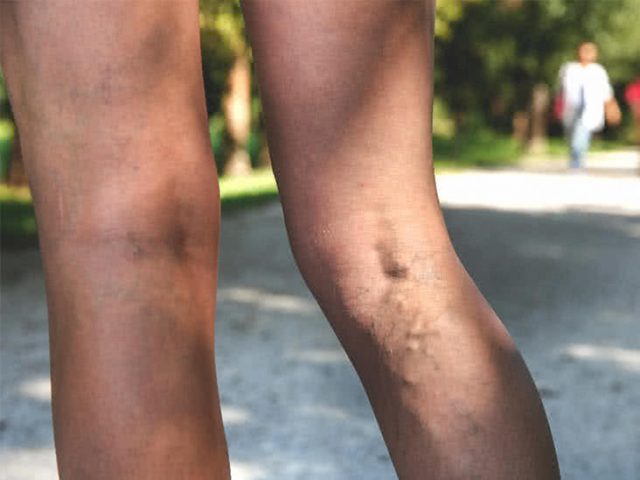
When self-improved estimate such as workout, raising your legs or wearing compression stockings have flopped, there are numerous options available for the controlling of diseased, superficial (saphenous) veins. It takes a vein specialist to perceive which saphenous veins have an underlying problem. After a consultation with one of our board-certified vascular surgeons and an ultrasound evaluation, we’ll recommend a personalized treatment plan that’s right for you.
Endovenous thermal ablation techniques

Thermal ablation is an advanced, minimally invasive method with excellent results for treating the saphenous veins. It has been available for over 15 years and has replaced traditional vein stripping surgery for the vast majority of patients. With the help of ultrasound for guidance, a small catheter (thin, flexible tube) is placed in the vein. A local anesthetic (lidocaine) is released around the vein to provide comfort during the procedure. Then the catheter is slowly pulled back to deliver heat to injure the vein wall and close (ablate) the vein. Once the diseased vein is treated and closed, blood flow is restored to the normal surrounding veins and symptoms improve. Another option, which is offered to patients at the Center for Vein Care, is mild sedation for a truly pain-free experience.
Endovenous Laser Ablation:
With this technique, a small fiber is placed into the damaged vein. The fiber delivers laser energy to heat the venous wall to close the vein. Similar to the Venefit™ procedure, ultrasound guidance is critical.
Radiofrequency Ablation (RFA):
Known as the Venefit™ procedure, his type of ablation delivers heat in the form of radiofrequency energy to the vein wall to seal it shut. Over time, the vein scars down and is absorbed by the body.

Endovenous nonthermal ablation techniques
Recently approved by the FDA, nonthermal ablation techniques treat the abnormal saphenous vein without using heat. Nonthermal ablation is even less invasive than endovenous thermal therapies since there is no need
for injection of local anesthesia and no thermal injury. No anesthesia or sedation is required. Patients can typically return to normal activities and work immediately following the treatment.
Varithena®:
This nonsurgical approach uses an injectable, medicated foam that is inserted through a small needle into the abnormal veins under ultrasound guidance. The foam pushes the blood out of the vein, damages
the vein wall and causes it to close and scar down over time.
VenaSeal™:
This minimally invasive treatment uses a safe, medical “super glue” to seal the superficial vein. The glue is slowly placed in the vein through a small catheter under ultrasound guidance and seals the vein shut.